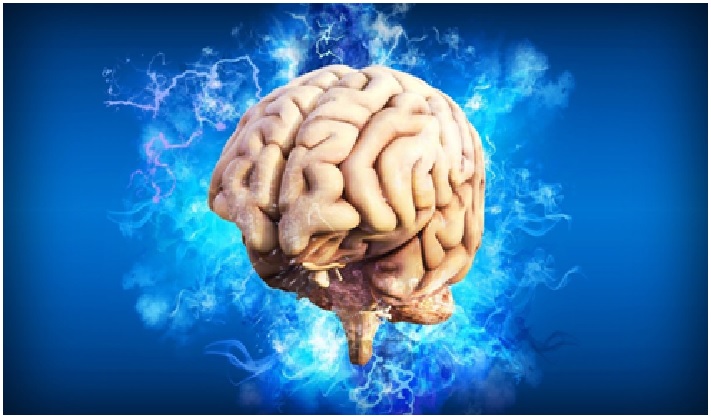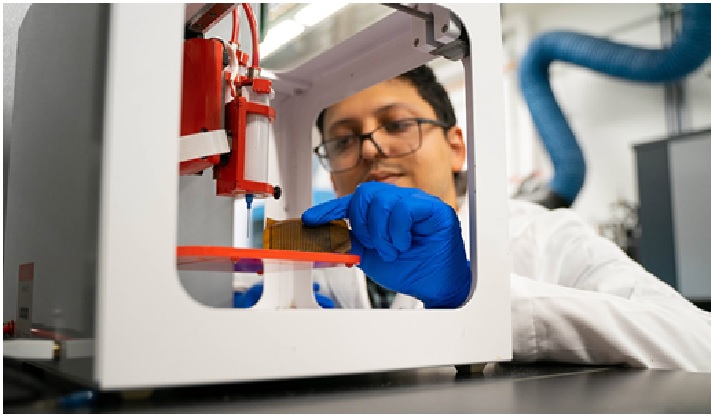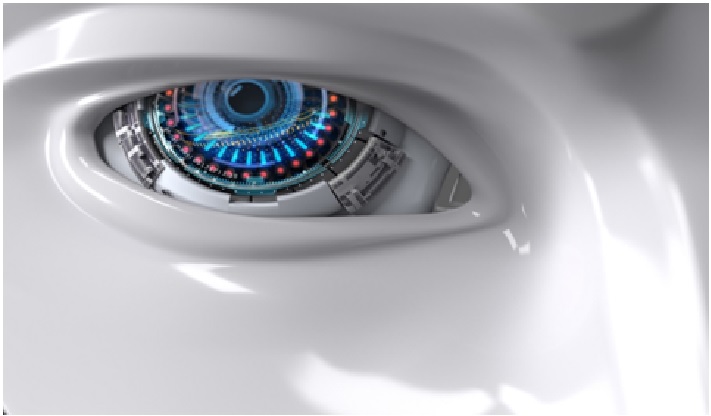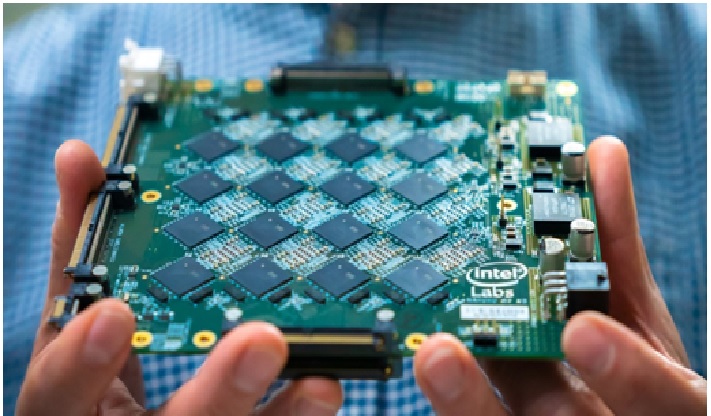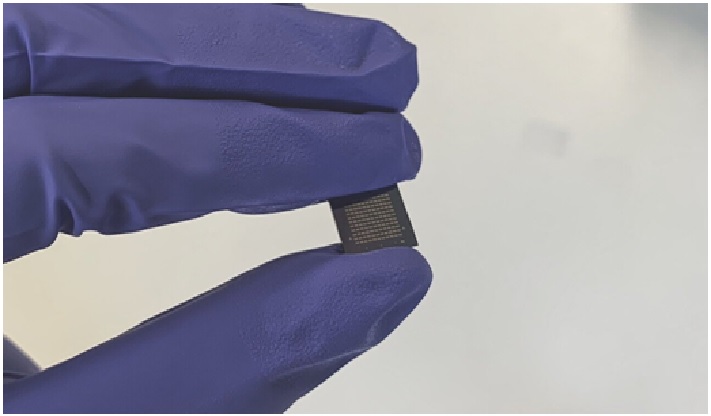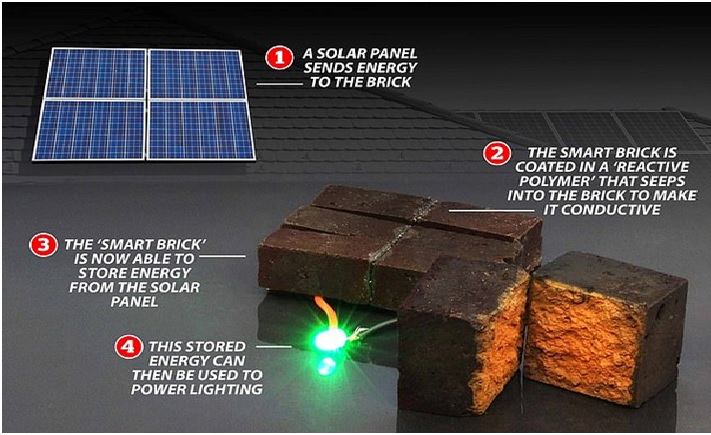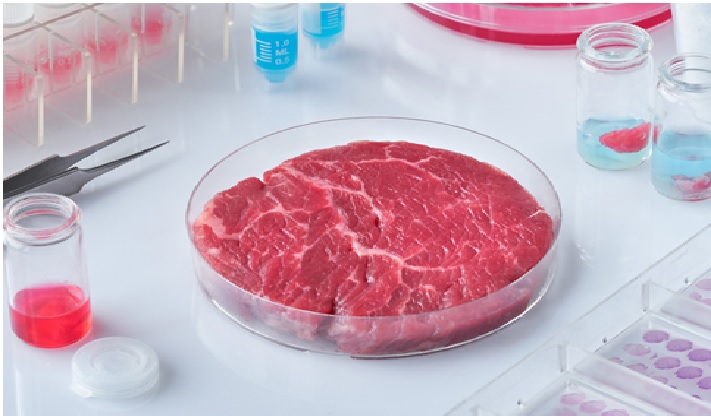The Future of Self-healing Concrete
Scientists have developed what they call living concrete by using sand, gel and bacteria. Researchers said this building material has structural load-bearing function, [1] is capable of self-healing and is more environmentally friendly than concrete – which is the second most-consumed material on Earth after water.
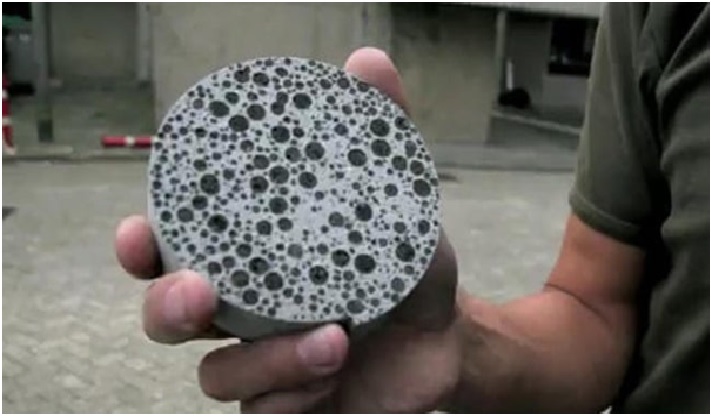
Figure 1: The self-healing Concrete [2]
The team from the University of Colorado Boulder believe their work paves the way for future building structures that could “heal their own cracks, suck up dangerous toxins from the air or even glow on command”. The figure 1 shows the self-healing Concrete.
For their experiments, the team worked with cyanobacteria – green microbes that live in the water and can manufacture their own food.
While these bacteria are quite small and usually unicellular, they often grow in colonies large enough to see. The team created a scaffold using sand and hydrogel for the bacteria to grow in.
Concrete is extremely alkaline and the "healing" bacteria must wait dormant for years before being activated by water. [3] Jonkers chose bacillus bacteria for the job, because they thrive in alkaline conditions and produce spores that can survive for decades without food or oxygen.
"The next challenge was not only to have the bacteria active in concrete, but also to make them produce repair material for the concrete -- and that is limestone," Jonkers explains. In order to produce limestone the bacilli need a food source. Sugar was one option, but adding sugar to the mix would create soft, weak, concrete.
In the end, Jonkers chose calcium lactate, setting the bacteria and calcium lactate into capsules made from biodegradable plastic and adding the capsules to the wet concrete mix. When cracks eventually begin to form in the concrete, water enters and open the capsules. The bacteria then germinate, multiply and feed on the lactate, and in doing so they combine the calcium with carbonate ions to form calcite, or limestone, which closes up the cracks.
The scientific team made its self-healing concrete with an aqueous concentrate containing the bacteria Bacillus cohnii, as well as calcium carbonate (CaCO3) to fill in any resulting damages. Once the concrete mixture finished curing, the team tested the compressive strength of the material. Once the concrete cracked under pressure, [4] they observed that the microorganisms inside the Bacillus cohnii were activated. Accessing oxygen and moisture through the cracks, the “awakened” bacteria successfully healed cracks with a 0.2-0.6 mm (0.007-0.023 in) width within 28 days by releasing the CaCO3 that crystallized under the influence of water.
After the concrete slabs returned to its original compressive strength, the bacteria “fell asleep” once more. According to FEFU, Bacillus cohnii spores can live in concrete for up to 200 years and, in theory, can extend the life of structures for the same period. This is almost four times longer than the 50-70 years of service life of conventional concrete.
References:
- https://www.sciencefocus.com/news/environmentally-friendly-living-concrete-capable-of-self-healing/
- https://theconstructor.org/concrete/bacterial-concrete-self-healing-concrete/13751/
- https://edition.cnn.com/2015/05/14/tech/bioconcrete-delft-jonkers/index.html
- https://www.materialsperformance.com/news/2021/03/new-self-healing-concrete-uses-long-lived-bacteria-to-extend-structure-stability
Cite this article:
Vinotha D (2022), The Future of Self-healing Concrete, AnaTechMaz, pp.174



